Avianca Brazil F100 at Brasilia on May 20th 2010, wheel damage
An Avianca Brazil (formerly known as Oceanair) Fokker 100, registration PR-OAD performing flight O6-6151 from Brasilia,DF to Belo Horizonte,MG (Brazil) with 95 passengers and 5 crew, experienced strong vibration during the takeoff roll, which stopped after liftoff. The airplane returned to Brasilia, where the airplane touched down and immediately encountered strong vibrations again. The airplane turned right just before coming to a stop. The airplane was shut down on the runway, the passengers disembarked onto the runway. The aircraft sustained substantial damage to its landing gear.
Passenger Luis Flavio Esteves reported, that upon leaving the aircraft he noticed the right hand main gear tyres and wheels were damaged.
The German BFU reported on Jul 19th 2010, that they are participating in the investigation according to ICAO Annex 13. The BFU reported, that during the takeoff run there were serious vibrations. After lift off the gear could not be retracted forcing the crew to return to Brasilia. During landing roll the brakes did not work, the airplane came to a stop just short of the runway end.
In 2014 Brazil's CENIPA released their final report in Portugese concluding the probable causes of the accident were:
- Maintenance of aircraft: During maintenance procedures within the operator to replace components of the torque link dampers, required spacers were not installed as specified in the maintenance manual AMM 0100 Fokker 70/100, Task 32-11-10-400-814-B, item 8, Subtask 32-11-10-420-014-B00, item "G ".
- Management Oversight: Although sufficient training and adequate equipment was available to the maintenance supervisors, they were not able to identify the lack of installation of spacers as described in the AMM.
CENIPA reported that during the takeoff run, close to the speed to rotate the aircraft, the crew noticed strong vibration of the airframe. After becoming airborne the landing gear lever was locked in the extended position and the crew received indication "GND/FLT CONTROL SWITCH". The crew, a captain in supervision in the left hand seat being pilot flying and a training captain in the right hand seat assuming the role of pilot monitoring, elected to return, during the roll out at about 100 knots the vibrations re-occurred even more intense than before followed by the loss of brakes and loss of directional control. The aircraft came to a stop on the runway close to the runway end with substantial damage to both main landing gear struts including tyres, wheels, brakes, shock absorbers and strut structure as well as minor damage to the trailing edge flap panels. There were no injuries.
CENIPA reported both main landing gear struts were removed from the aircraft and sent to Fokker Services in the Netherlands for further laboratory examination. The examination found that in both main gear struts spacers were missing in the assembly of Link Torque Dampers leading to a gap of about 4.5mm in the Torque Damper Link, that progressively increased over time as result of vibrations and culminated in the fixation pin securing the assembly in its correct position to the gear leg shearing off and permitting the wheels to rotate freely at 360 degrees around the main gear leg causing damage to the tyres, wheels, brakes and hydraulic lines. All other components of the gear struts were found within standards and requirements of normal operation and maintenance. All damage found was identified consistent with the effects encountered during the landing roll in Brasilia.
CENIPA analysed that the Link Torque Dampers had 12,000 cycles permited between overhaul. As result the aircraft needed the Link Torque Dampers replaced, the work was performed on Apr 22th 2010 on this aircraft, it was the very first time in the company of such an overhaul and thus a novelty to the mechanics involved.
Passengers leaving the aircraft (Photo: Luis Flavio Esteves):
http://avherald.com/h?article=42c0a550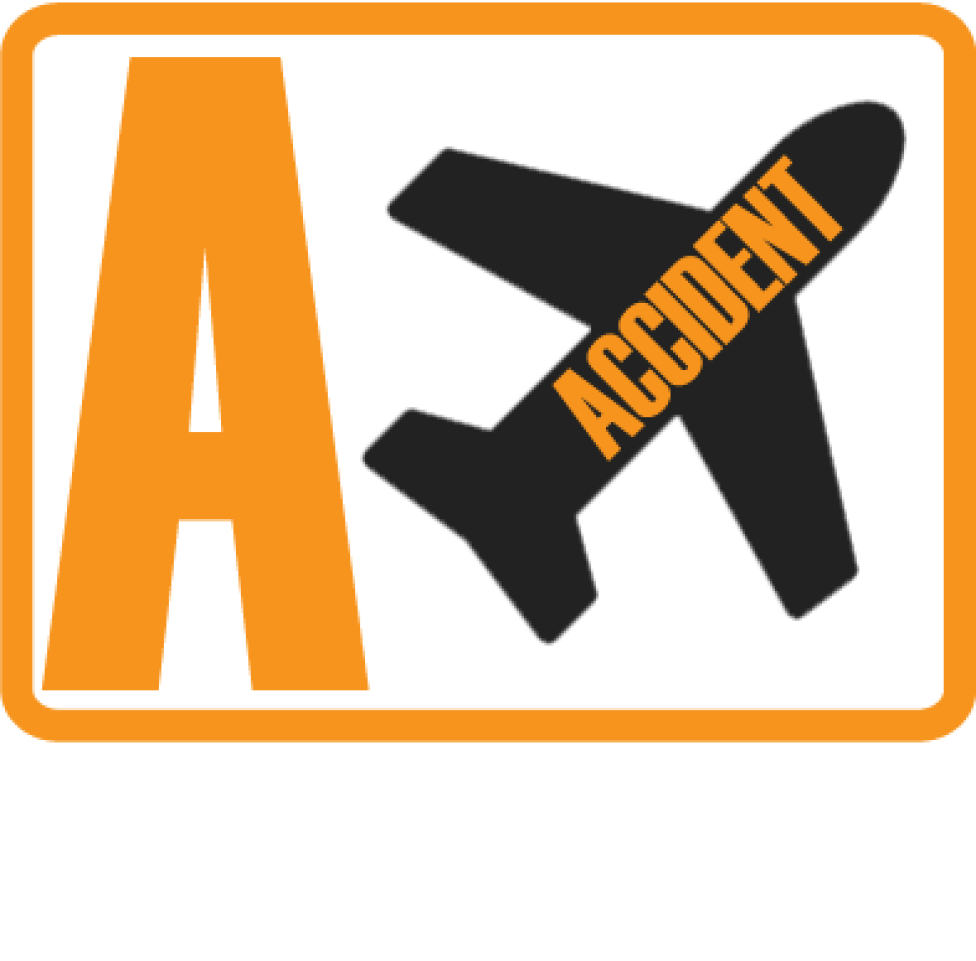
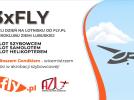
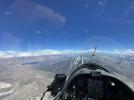
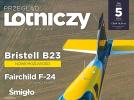

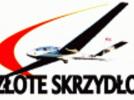

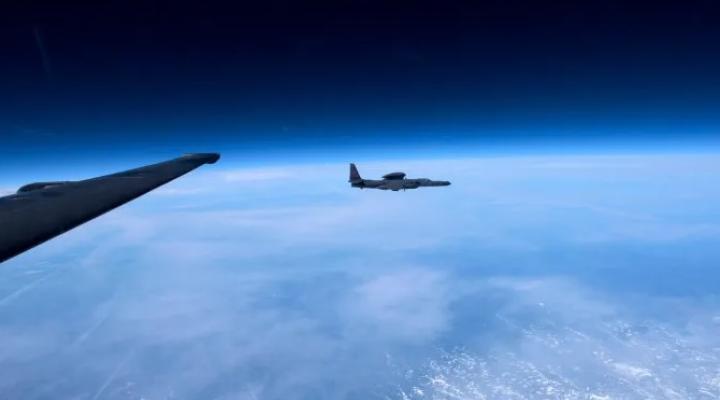
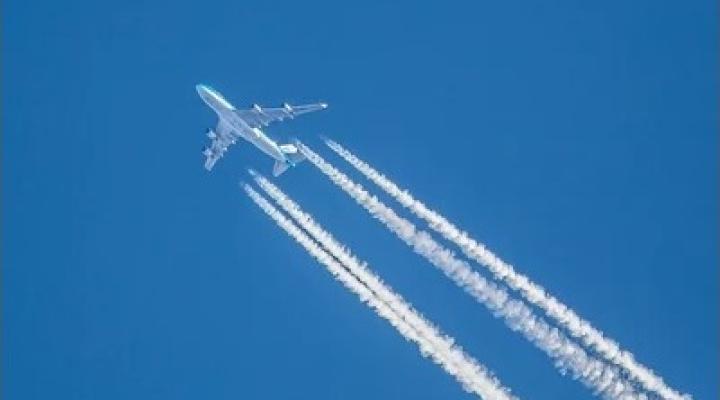






Komentarze